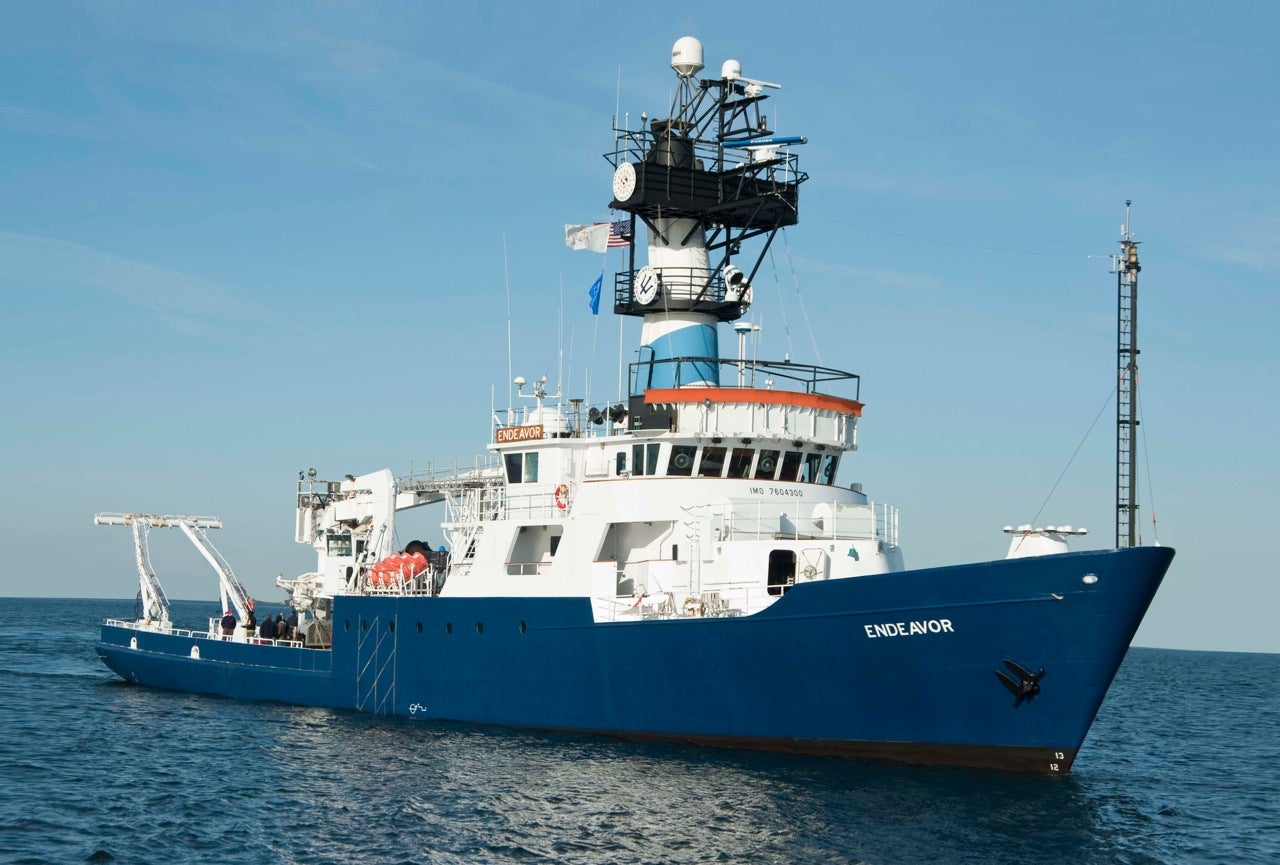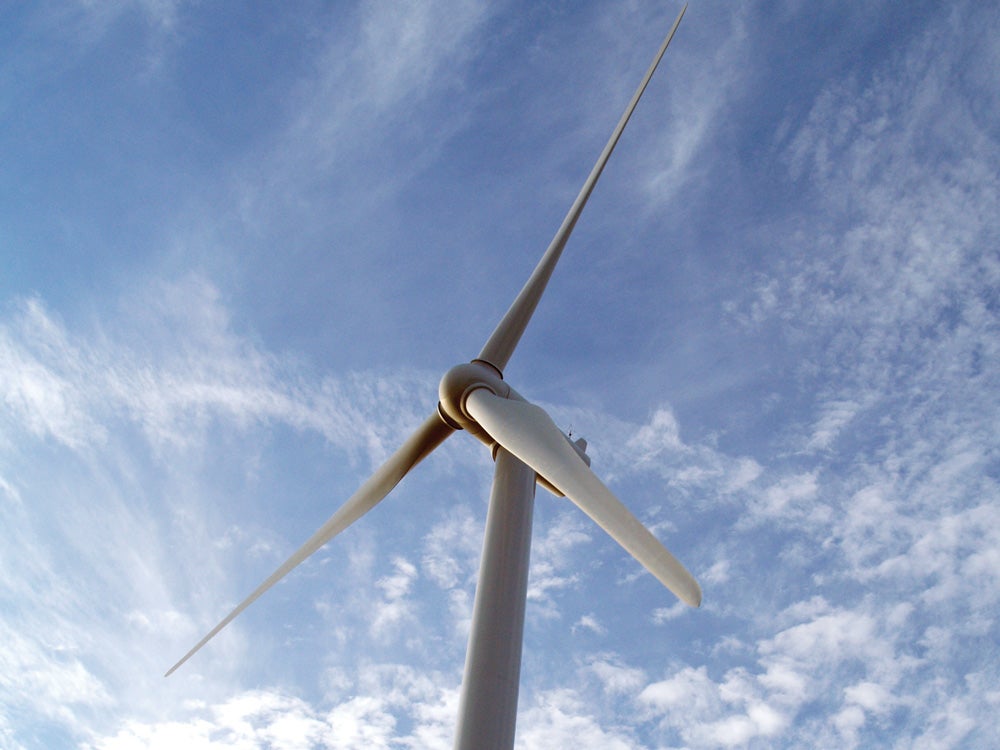Posted on April 16, 2018 at URI Today NARRAGANSETT, R.I., April 16, 2018—The University of Rhode Island’s Graduate School of Oceanography has created a consortium with two major institutions to operate the research vessel Endeavor for its final years and to jointly submit a proposal to operate a new ship, which would also be based […]
Continue reading "URI creates consortium with two major institutions to operate Endeavor and submit proposal for new research vessel"Tag: Ocean Technology
Worthy ‘Endeavor’: Community invited to participate in vessel’s whale research mission
The Independent – “We’re looking to get some more information on the right whales and their prey,” Wishner said.
Continue reading "Worthy ‘Endeavor’: Community invited to participate in vessel’s whale research mission"Telepresence and ROVs/AUVs
The Inner Space Center (ISC) telepresence facility is an international hub for ocean science exploration and education. Through its advanced state-of-the-art facilities, the ISC expands the number of scientists engaged in live expeditions, inspires the next generation of ocean explorers, and supports some of the largest ocean science education and outreach initiatives in the country. […]
Continue reading "Telepresence and ROVs/AUVs"Remote Sensing
At GSO, archives of satellite sensor data recording sea surface temperature (SST) and chlorophyll-a dating back to the first collections provide researchers interested in all aspects of circulation in the surface ocean with data to study phenomena such as latitudinal heat advection, ocean current speed and directions, surface ocean eddies, and climate change. Using a […]
Continue reading "Remote Sensing"Oceanographic Analysis, Assays, and Techniques
GSO seismologists advanced the science of detecting and analyzing pressure waves caused by earthquakes, landslides, and nuclear explosions through development of a novel modeling approach called full-wave seismic analysis. This method extracts much more information from these phenomena than captured by older, standard ray-tracing methods. GSO’s high-powered computer clusters allow detection of small seismic events […]
Continue reading "Oceanographic Analysis, Assays, and Techniques"Instrument Development
Autonomous Surface Vehicles (ASVs) developed primarily at GSO carry a variety of sensors to detail current, temperature, dissolved oxygen salinity, and can characterize sediments with side-scan sonar. A small and light remote-controlled ASV (kayak-size) operates for up to eight hours at a time and serves research and educational purposes in the Bay. A larger 30-ft […]
Continue reading "Instrument Development"Climate Change
The effects of climate change now and in the future is the subject of several physical oceanography studies at GSO. By documenting temporal variations of ocean fronts (observed gradients in sea surface temperatures using satellite sensors) and the large-scale current velocities (Gulf Stream speed using current profilers), GSO scientists are able to observe any change […]
Continue reading "Climate Change"Hurricanes and Tsunamis
Tropical cyclones (hurricanes) routinely invading our shores are of great concern to residents who live in coastal regions. Mathematical models incorporating ocean data along with atmospheric data developed by GSO scientists improve the reliability and accuracy of the hurricane prediction models used by NOAA’s National Hurricane Center and the Navy’s Joint Typhoon Warning Center. These […]
Continue reading "Hurricanes and Tsunamis"Inside Earth
Earthquakes, explosions, pyroclastic flows, and tsunamis can result from oceanic volcanic activity, both from underwater and island volcanoes. Documenting these volcanic edifices and ash flows resulting from eruptions is important in mitigating the resulting hazards to nearby residents. Ocean explorers at GSO routinely discover and map volcanic regions and associated ash flows using Remotely Operated […]
Continue reading "Inside Earth"Ocean-Atmosphere Interactions
The atmosphere is primarily comprised of nitrogen and oxygen. Understanding the remaining compounds and gasses, including greenhouse gases such as carbon dioxide and methane, is critical for addressing air quality concerns. GSO atmospheric chemists utilize airplane-based sensors to measure these minor components as key inputs to transport models defining the residence time (length of time […]
Continue reading "Ocean-Atmosphere Interactions"

